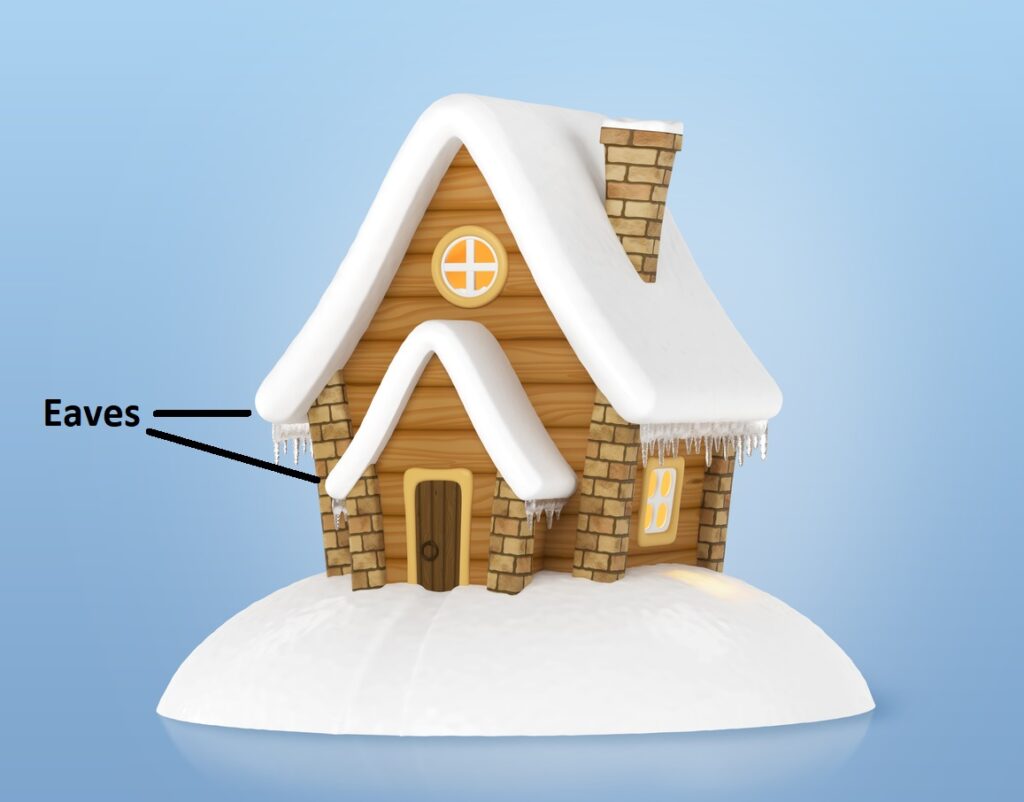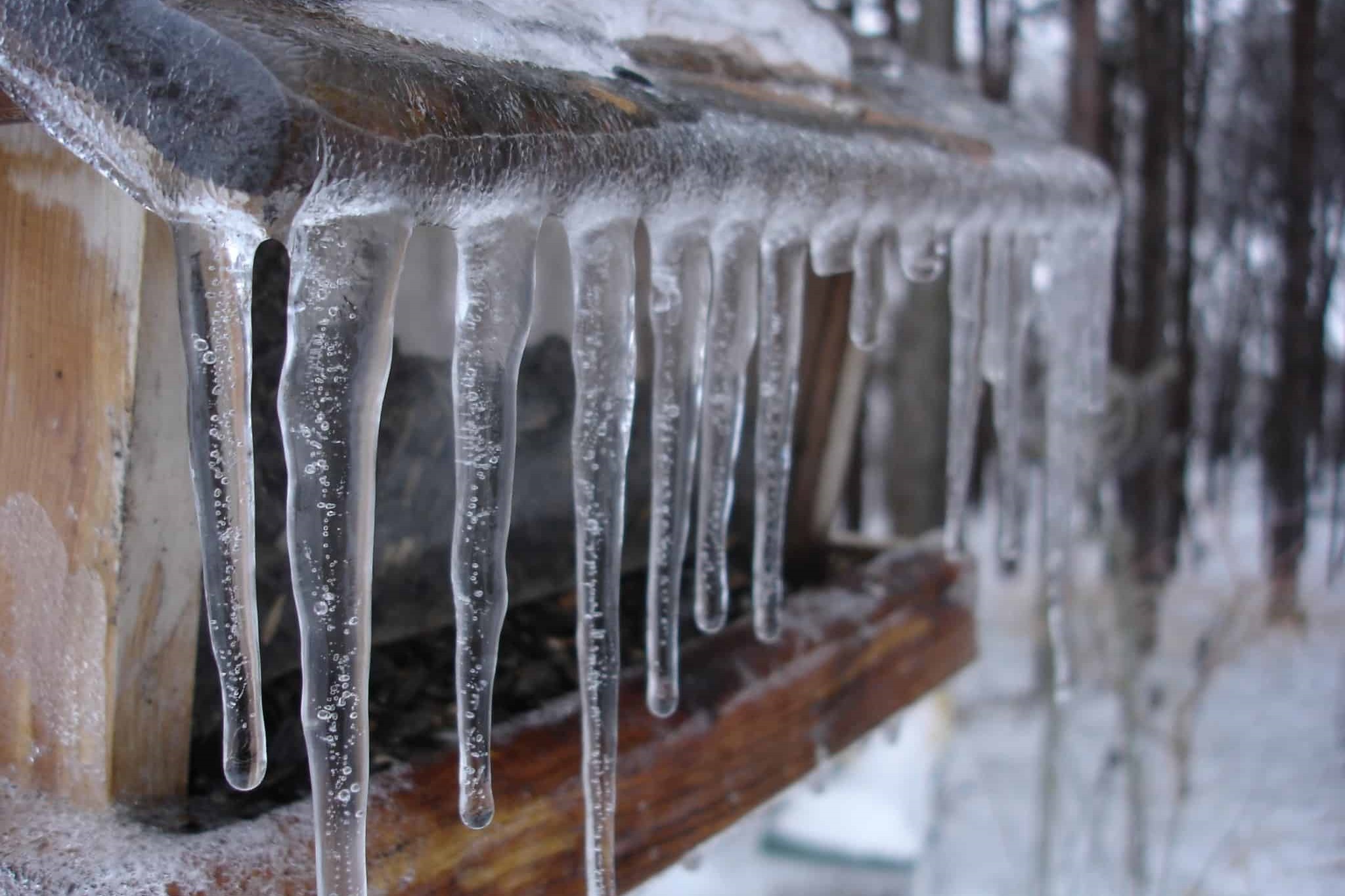As we in Chicagoland face the impending winter season, it is crucial to safeguard our homes against the weather. Snow, ice, and cold and erratic temperatures can pose threats to the exterior and interior of a building throughout the cold season. So plan before the cold hits to take extra care of your home this winter. Noticing winter weather build up before it becomes an issue can help stop problems in their tracks.
Ice dams are a major concern for Chicagoland homeowners, and is one of the major causes of water damage to homes. In this article, we cover signs of ice dams, and why they are destructive. In a previous article, we provided an overview of ice dams and how to solve them.
What is ice damming?
An ice dam occurs “when the snow melts at the warmer areas of your roof, usually near the top where excessive heat in your attic collects” (Adams Roofing Professionals). The ice eventually forms a dam that prevents snow from properly draining off the roof, causing a pool of water to build up. This pool of water can back up into your home. It is one of the causes of water damage, and can affect the roof shingles, house structure, insulation, and even the health of families.
What causes excessive heat?
As a homeowner, you can watch for signs of excess heat forming that causes these dams. Direct sunlight can sometimes be at fault, but most times the excessive heat is coming from within your own attic. Incorrectly installed heating or lighting fixtures are usually the culprits, so by checking that they are properly installed can help you stop the problem early on. Other obstacles that can cause excess heat are poor building infrastructure, poor venting, poor HVAC systems, and inadequate insulation.
To ensure your attic is at the right temperature, keep a thermometer on the wall. Your attic should never be more than 15 degrees warmer than the outside temperature. If it’s more than 15 degrees warmer, you may have excessive air in your attic.
Signs of ice dams on roof

Eaves are the part of a home that overhang beyond the siding.
One of the key signs of ice dams forming is hanging icicles. More specifically, if you see icicles hanging over the edge of your roof, it may be a sign of an ice dam. You may also be able to see a layer of ice forming below trapped snow near the eaves of your home. Additionally, you may notice that your gutters are blocked or not working at all.
One of the foreboding signs of ice dams from the inside of your home is water stains on your attic ceiling close to the edge of the building. This can manifest when an ice dam has already formed and has been blocking water for awhile. Further, if you notice water stains on the ceiling edges of the exterior walls, then the ice dam has progressed to a serious problem. This means that water has entered your attic, ruining the insulation and drywall. Overall, if you notice water stains during the winter in your attic, you may have an ice dam.
Hazards of ice dams
The main damage that can occur from ice dams is water leakage. Depending on how extensive the leak is, the water can leak into your home and cause major damage. Further, leaks plus moisture are a great place for mold to grow, which can cause respiratory problems and severe allergies. Additionally, the weight of the ice dam can press down on the gutters and eaves, putting hundreds and even thousands of pounds of weight on your roof. Eventually, ice can slide down your roof and rip off shingles, or even worse, fall on someone or something below.
Identifying an ice dam before it becomes a problem is the ultimate goal. With winter weather bearing down on the Chicago area this season, it’s important to watch for potential issues that can become a huge expense down the road. Even worse, water leaks, blocks of ice, and mold are all potential hazards that can cause issues for your home down the road if the ice dam is not removed. Take extra care when preparing your home for the winter, and you may just avoid all the blunders that come with the cold weather.
Watch out for next article on emergency ice dam removal and cost.


